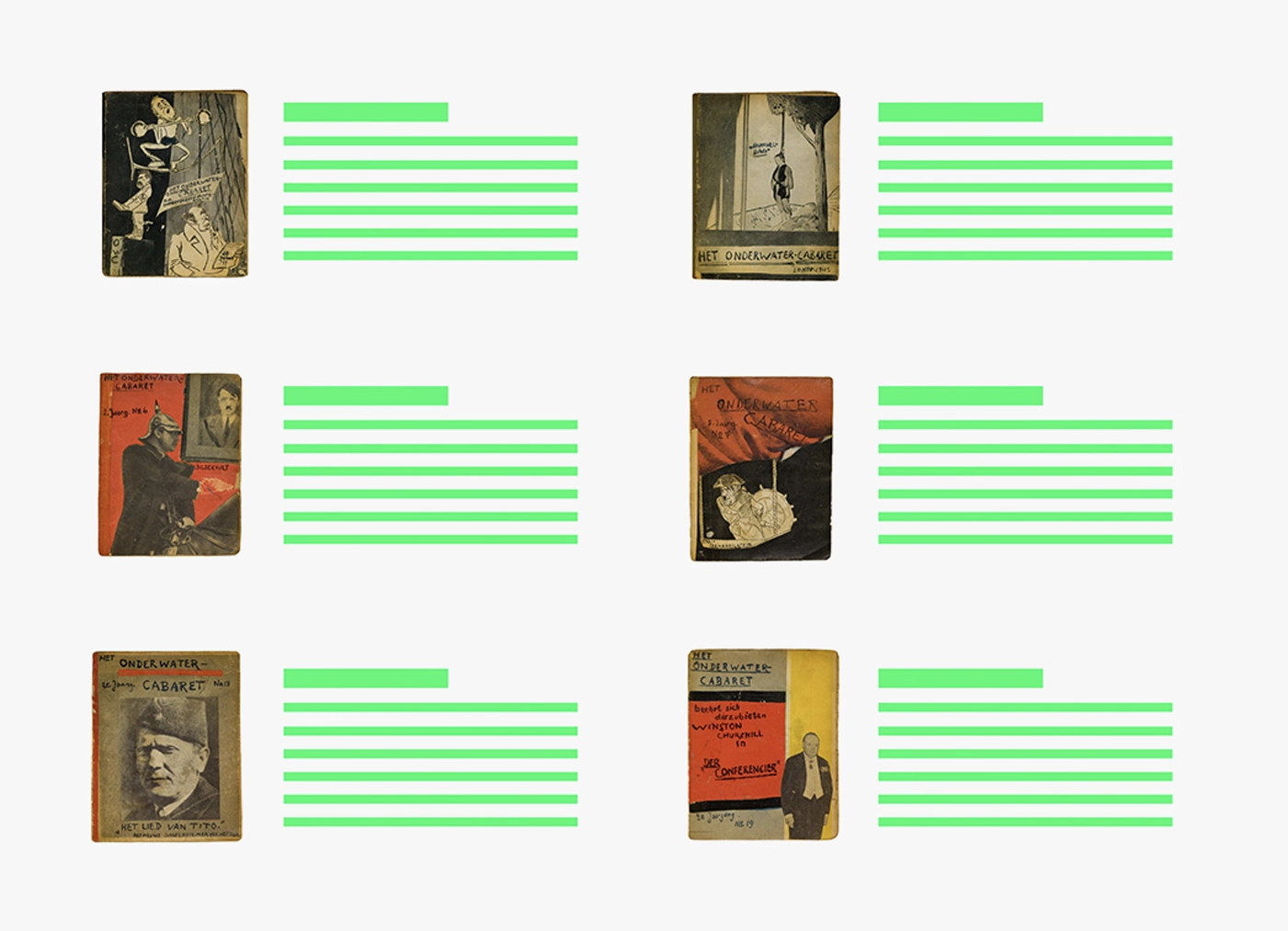


January 1, 1945
Curt Bloch launched his 1945 publishing activities with the poem For the new volume. This leap in time will lead to a turning point that brings an end to the suffering of war. The hope for freedom tempers the endured pain. Bloch is convinced, “‘45 brings peace.”
The second text, To von Rundstedt, is dedicated to Gerd von Rundstedt (1875–1953), Commander-in-Chief West of the German Wehrmacht. In October 1944, he proclaimed that the Allies could never “invade our homeland.” But this didn’t prove true. Curt Bloch observes, that the enemy is already at the Rhine River in Germany. Now he wishes that Rundstedt and his troops be taken by the devil.
Curt Bloch summarizes the spirit of resistance in The Resistance Movement. Freedom is not given as a gift, so one opposes “the the hordes of Krauts.” Even if one is to forbade or threatened with aniliation, he or she will continue to fight for the happiness of humanity. “The movement has awakened!”
In the text What will happen? Curt Bloch reflects on what Adolf Hitler might do after the war. Will he go to Switzerland or Sweden, where he can peacefully grow old as a pensioner? Will he be sent like Napoleon to St. Helena or to Siberia? Will he go to Chayenne, where the pepper grows and it is so hot that Adolf would completely melt away? What will happen to the dictator? Ultimately, Bloch places his trust in the World Court, that it “will make the right decision.”
In the poem The Swastika Cossacks, Curt Bloch focuses on volunteers from the Caucasus who have joined the German Wehrmacht. Just like the National Socialist Movement of the Netherlands (NSB), a small group there is promoting the swastika. With their fight against the Soviet troops, this “vile gang” betrays Russia. But Bloch knows, “Soon, together with the Nazis, they will put the swastika Cossacks to death.”